Multi-conductor telephone cables are widely used in telecommunications systems to transmit voice, data, and signaling information. These cables consist of multiple insulated conductors bundled together within a protective outer jacket. Each conductor carries a separate electrical signal, allowing for the transmission of multiple channels or signals simultaneously.
Here are some key aspects of the functionality of multi-conductor telephone cables:
Transmission of Multiple Channels: The primary function of multi-conductor telephone cables is to facilitate the transmission of multiple channels or signals. Each conductor within the cable can carry a separate electrical signal, allowing for the simultaneous transmission of voice, data, or other types of information. This enables efficient communication over a single cable infrastructure.
Signal Isolation: The insulation between individual conductors within the cable provides electrical isolation, preventing crosstalk and interference between the signals carried by different conductors. This isolation ensures that the transmitted signals remain distinct and minimizes distortion or degradation.
Noise Reduction: Multi-conductor telephone cables are designed to minimize external noise and interference. The outer jacket of the cable acts as a shield, protecting the internal conductors from electromagnetic interference (EMI) and radio frequency interference (RFI). Additionally, the twisting or braiding of individual conductors within the cable helps reduce the impact of external noise sources.
Flexibility and Durability: Telephone cables are designed to be flexible and durable to withstand the rigors of installation, handling, and use. The conductors within the cable are typically made of copper or, in some cases, fiber optics for high-speed data transmission. The outer jacket is made of a robust material that provides protection against physical damage, moisture, and environmental factors.
Connection and Termination: Multi-conductor telephone cables are terminated using connectors or jacks specific to the telecommunications industry. These connectors ensure a reliable and secure connection between the cable and the telecommunication devices, such as telephone systems, modems, or routers.
Standards Compliance: Telephone cables are manufactured in accordance with industry standards and regulations to ensure compatibility and interoperability. Standards such as those set by the Telecommunications Industry Association (TIA) or the International Organization for Standardization (ISO) govern the construction, performance, and testing of these cables.
Applications: Multi-conductor telephone cables find applications in various telecommunication systems, including telephone networks, data transmission networks, local area networks (LANs), and wide area networks (WANs). They are used in residential, commercial, and industrial environments to support voice communication, internet connectivity, and other telecommunications services.
Overall, multi-conductor telephone cables are crucial components of telecommunications infrastructure, allowing for the efficient transmission of multiple channels or signals over a single cable. They provide signal isolation, noise reduction, flexibility, durability, and compliance with industry standards, enabling reliable and high-quality communication.

 ENGLISH
ENGLISH 简体中文
简体中文 GERMAN
GERMAN SPAIN
SPAIN
 +86 181-5747-1135
+86 181-5747-1135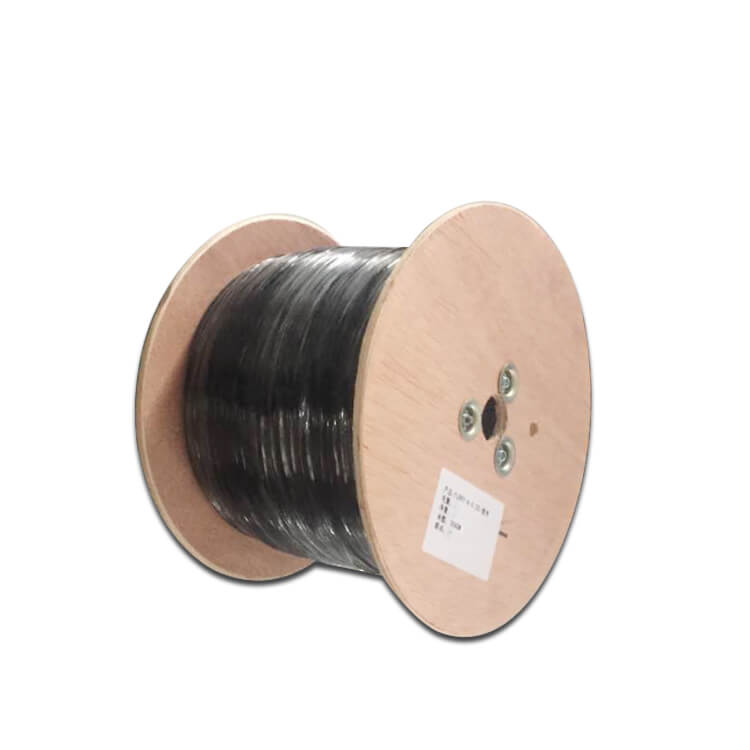
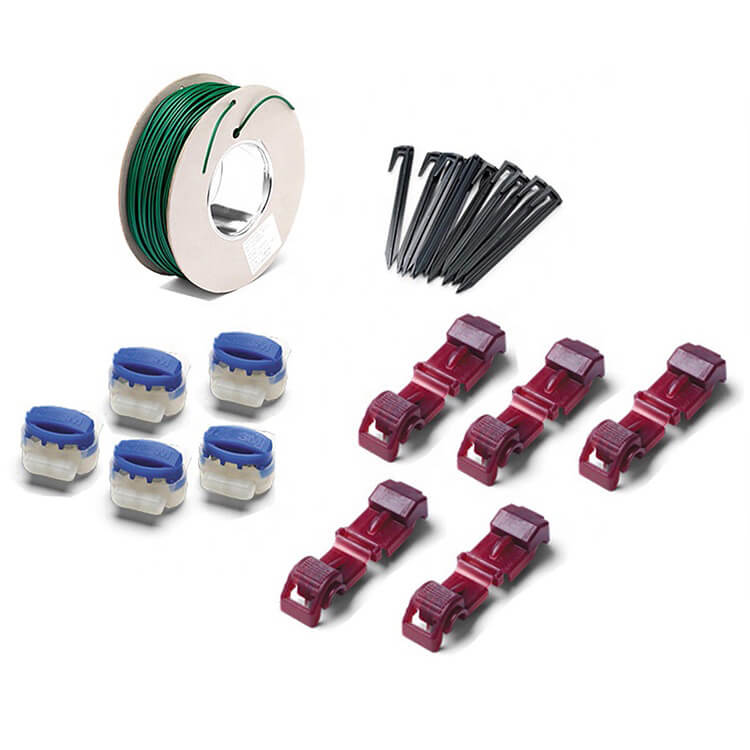
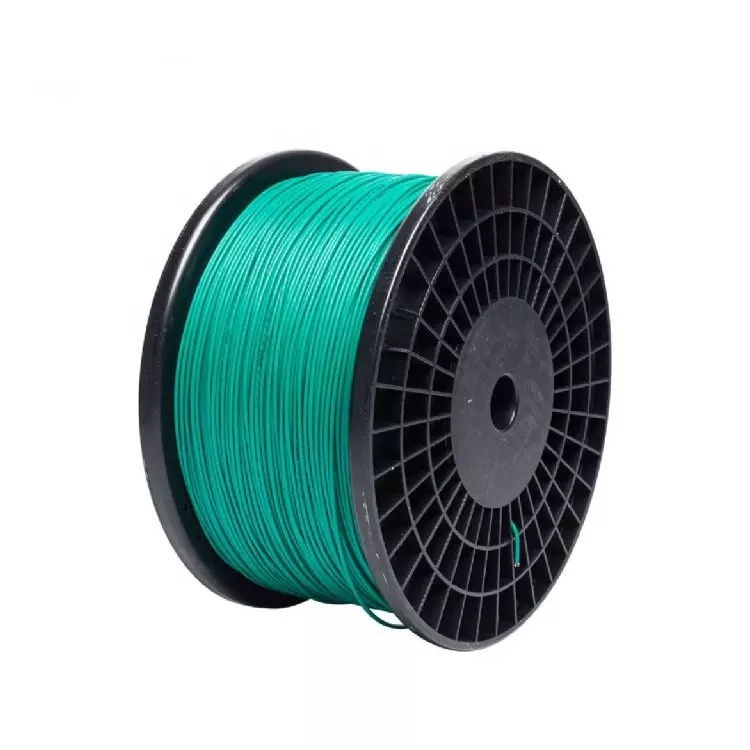
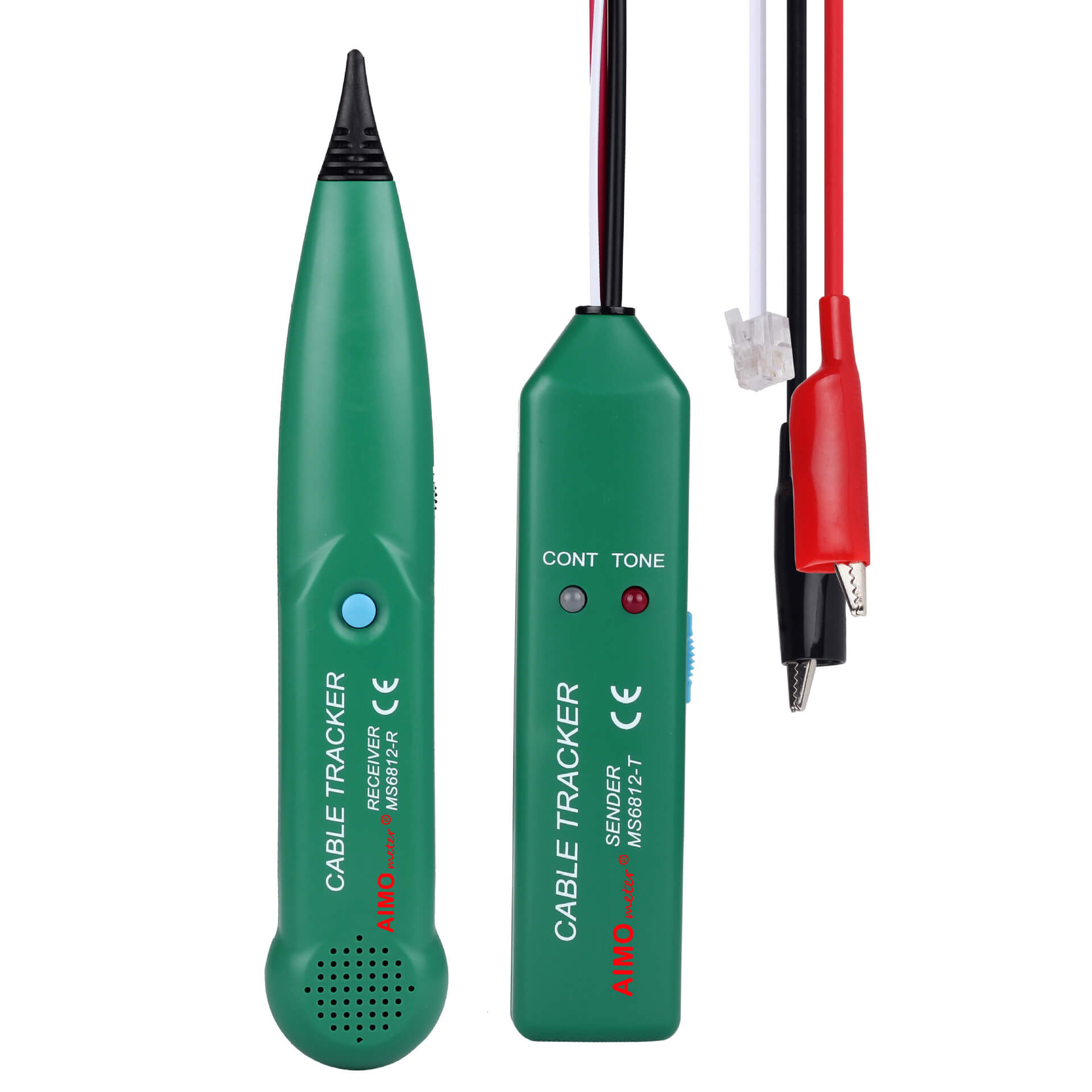


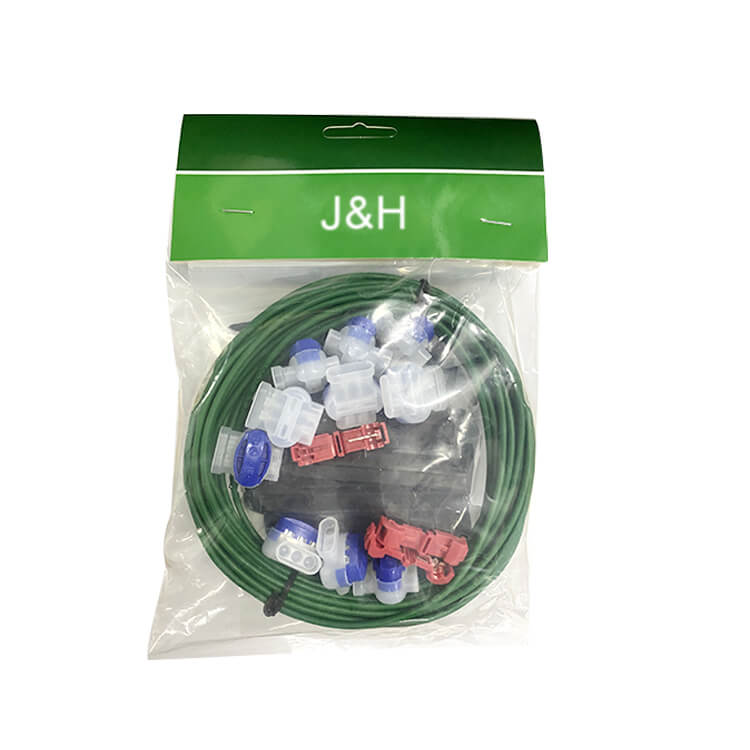
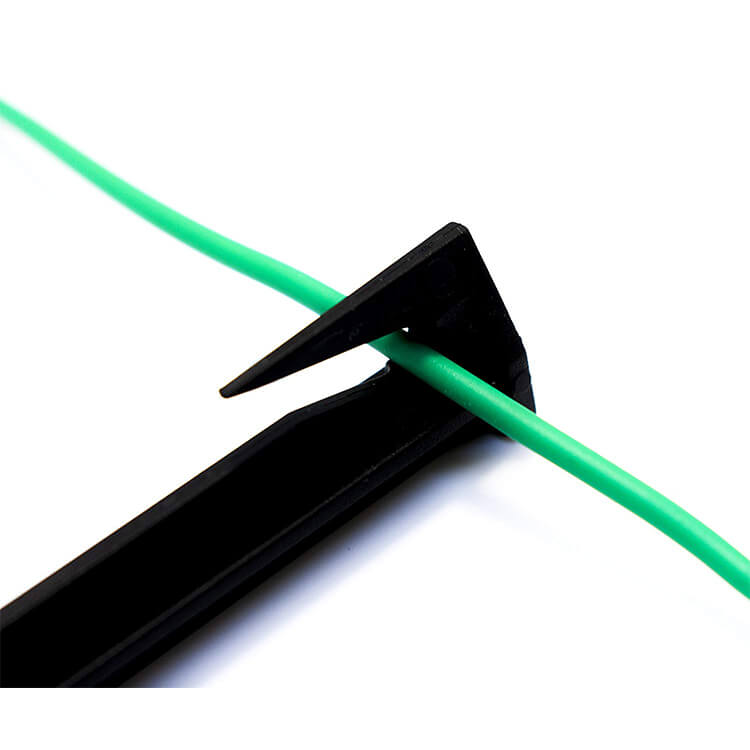
 Abroad:+86 181 5747 1135
Abroad:+86 181 5747 1135 FAX: +86 574 8900 7636
FAX: +86 574 8900 7636 E-mail:
E-mail: 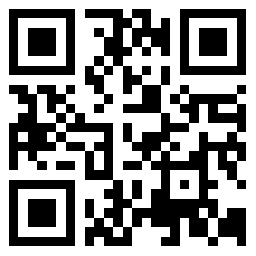

 read the map
read the map

